Rich in history and beauty, Bermuda is a perfect escape from winter blues
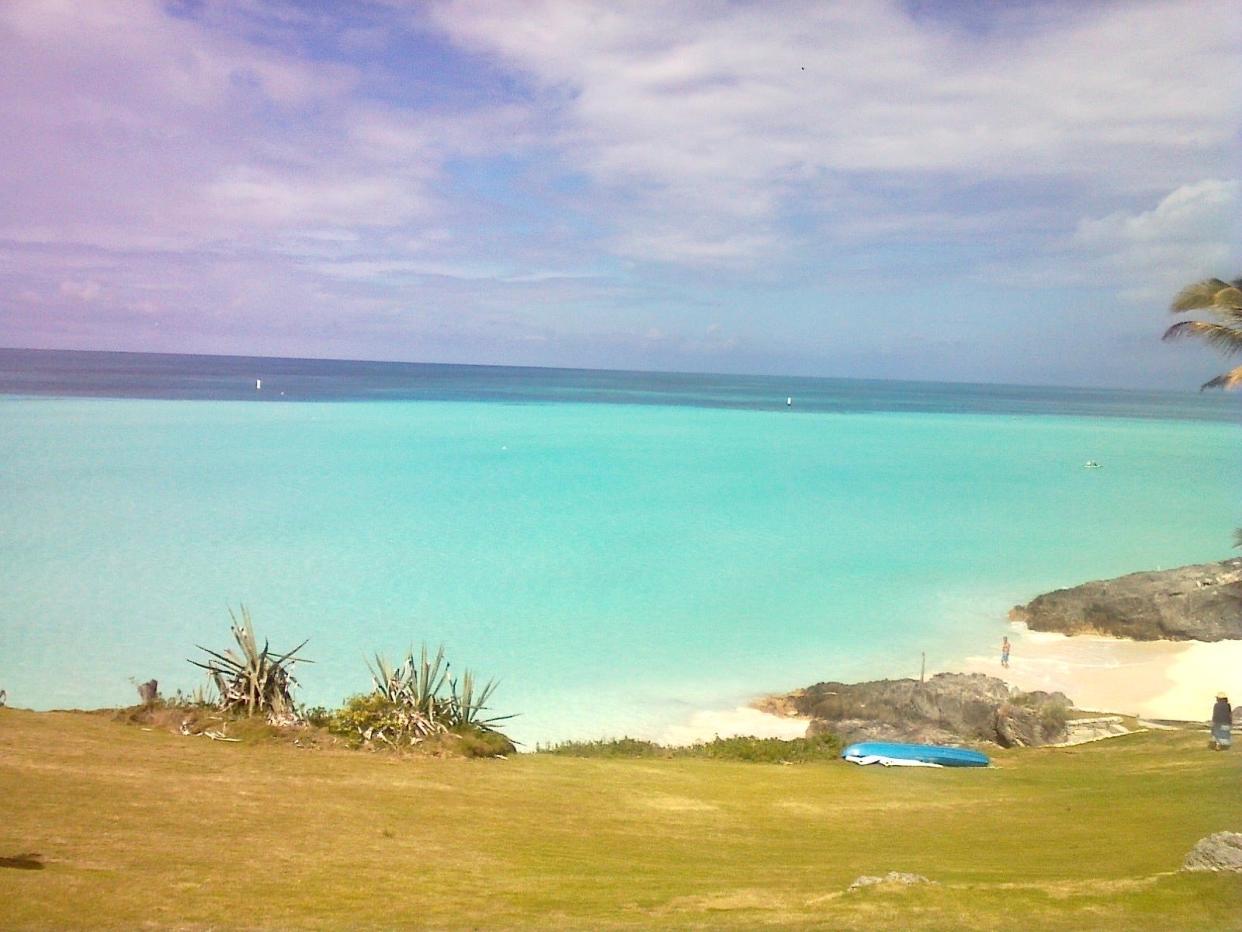
It’s a rock in the Atlantic.
But oh, what a colorful rock Bermuda is! Twinkling aqua waters, pink hued beaches and entrancing flora with vivid blooms lining narrow streets where baby pink, lemony yellow and glistening pure white cottages gleam under a blue-blue sky.
Even during winter’s cooler temperatures, the island pops with beguiling colors. But, yes, there’s more tendency for gray clouds gathering above during the winter season, which makes for more gentle sightseeing. And there’s a lot to see, and it’s all loaded with history.
When idling on Bermuda’s soft pink fine sand, it is hard to argue there are any more beautiful beaches anywhere else. That pinkness is due to Bermuda’s precious rich coral life, in particular, one mysterious element: red-shelled foraminifera, a single-celled ancient being natural to Bermuda’s lagoons and reefs. Tiny fragments churned up by the ocean’s wave action mingle in the sand, creating that pinkness. You could say a Bermuda beach is something of a foraminifera graveyard.
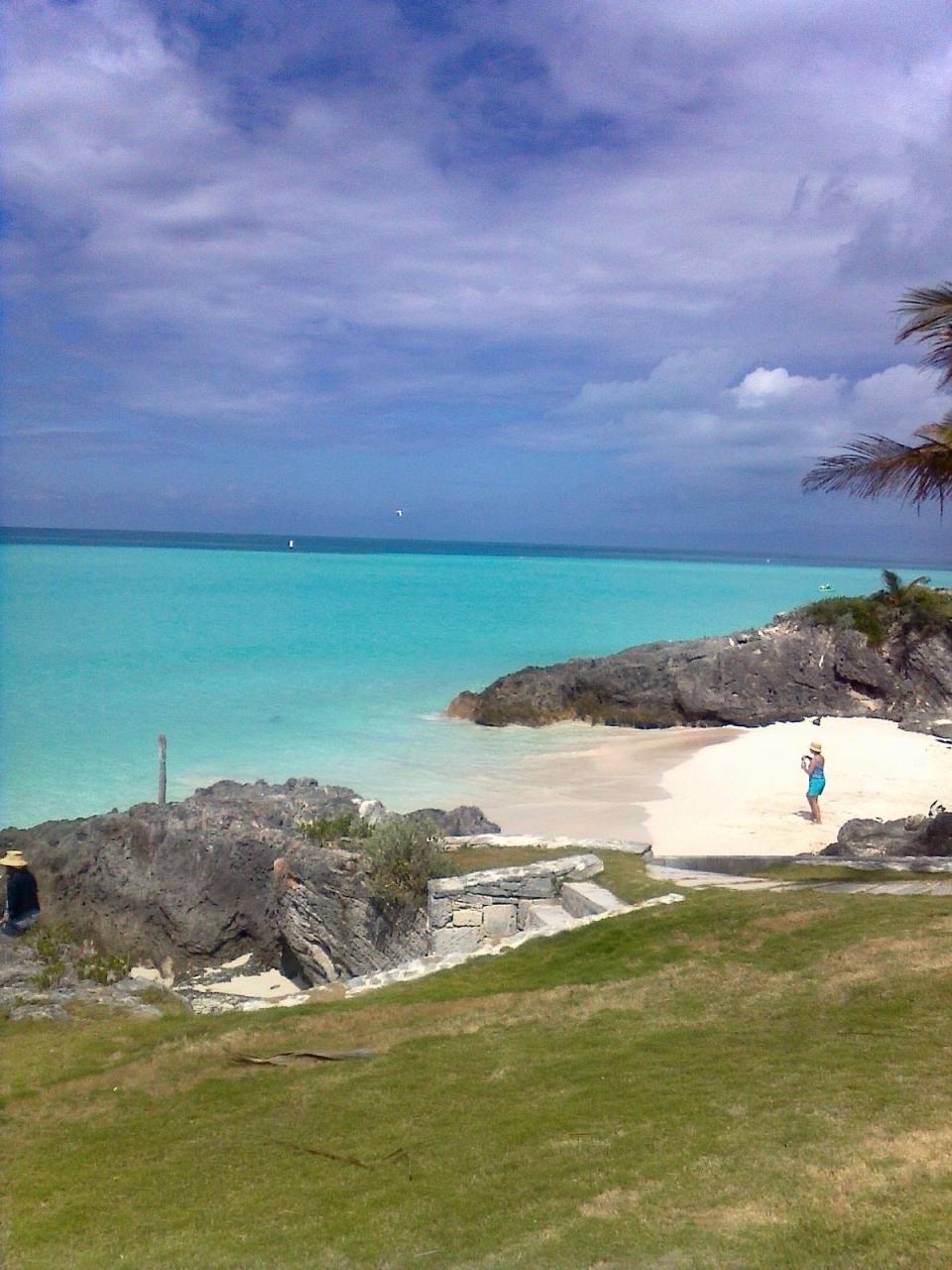
History still echoes
Finding a beautiful deserted cove to enjoy, all by yourself, is not that impossible, especially outside of high season. Ask a local, they may share their favorite spot. And though hiring a scooter to travel to the island’s smaller quieter places seems a good idea, the locals slam along slim curvy roads at a speed that seems out of touch with the fact they share the road with a similar driver hell-bent for leather from the opposite direction. Much harsh-but-efficient breaking and polite waving ensues at each passing — so very English.
And, of course, the island was one part of the British Empire. Bermuda —or rather the Bermuda Isles, to give the set of islands their proper name — is named for a Portuguese explorer Juan Bermúdez, reportedly the first European to set foot upon the rock — he was in the employ of the King of Spain and is said to have docked at the island early as 1503. Bermúdez didn’t stay long once he discovered the island had little in the way of food and no fresh water supply.
It wasn’t until the English ship, the Sea Venture, famously wrecked on the island in 1612 as it sailed to the young Jamestown, Virginia, colony that it became settled by Europeans, albeit gradually. The Sea Venture’s crew spent several months there mending their ship with local trees and decimating the island’s bird population for food before heading off to Jamestown. The utterly presumptuous Brits named the island the Somers Isles for their leader, Sir George Somers, who had apparently fallen in love with the place and vowed to return. It is said he left three men behind to mark the isles as a British colony.
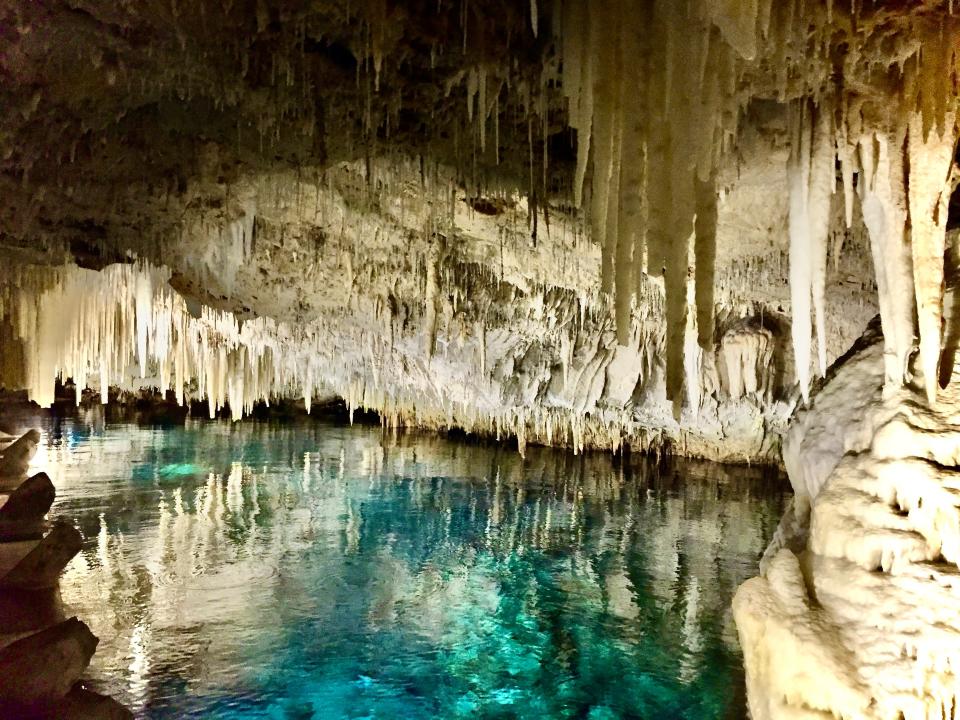
What lies beneath
Bermudans voted for semi-independence from Great Britain in 1995 but, due to a referendum, it remains a British Overseas Territory. The island is divided into nine parishes, each named after major shareholders of the Somers Company, which sought to monetize the island. Of course, that involved the horror of enforced labor from enslaved Africans and Native Americans, and also a lot of indentured servants from Great Britain. As far as Indigenous people go, there is little knowledge of any occupation here. It could be that Bermuda is just too far out or up in the Atlantic to canoe to — or, if they did, there wasn’t much in the way of sustenance to persuade them to remain.
Little did early visitors know that deep below Bermuda’s surface lay pools of clear cool water. Among the beautiful underground Crystal Caves awesome 30-million-year-old rock formations are tranquil natural pools surrounded by surreal stalactites and stalagmites, ever forming and devoting, a living organism in slow but constant change (caves.bm).
It’s not difficult to fall in love with Bermuda. John Lennon certainly did when he visited in 1980, not long before the Beatles co-singer-songwriter and guitarist was murdered. He named what would be his final album “Double Fantasy” after seeing a local flower called Double Fantasy, possibly a variety of freesia, while touring the Bermuda Botanical Gardens in Paget on South Road in Devonshire parish, a short drive from Hamilton. The botanical garden was founded in 1898 and comprises around 35 acres of mostly subtropical plants, including banyan trees. There is an aromatic garden, especially designed for visually impaired people, but delightful for all (bgci.org).
Nearby, also on South Road, the Masterworks Museum of Bermuda Art unveiled its Double Fantasy sculpture in 2012 in honor of the late, great performer and songwriting genius. The Lennon memorial stands in the small courtyard surrounded by tropical shrubbery and trees, a place of peace he would have surely loved. Inside, the museum honors all artists with a connection to Bermuda, including that great portrayer of voluptuous flowers Georgia O’Keeffe (masterworksbermuda.org).
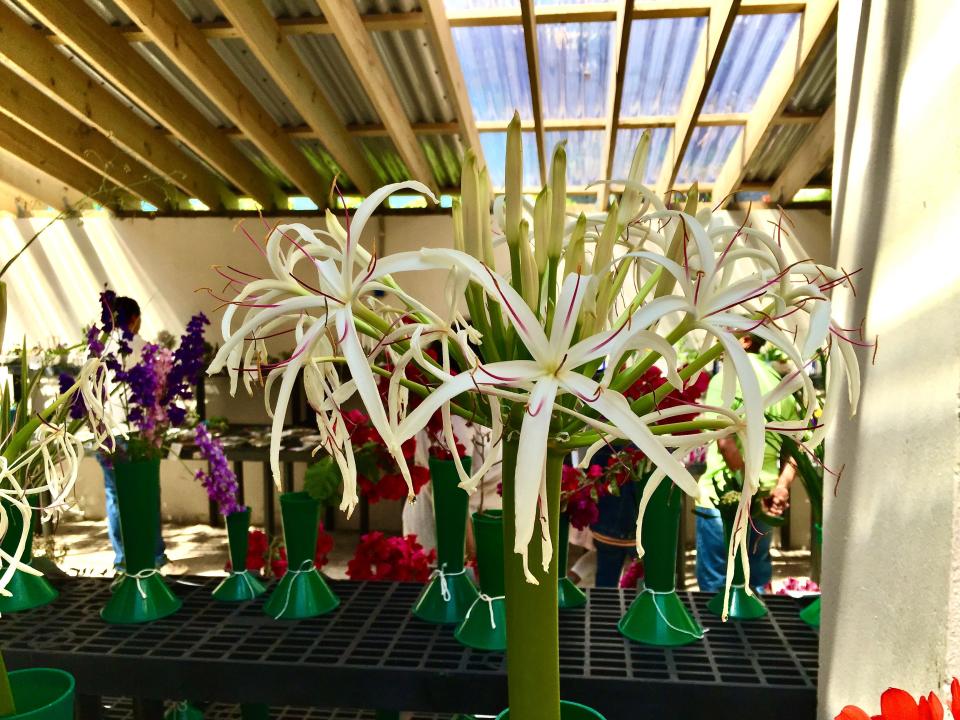
Bermuda's 'greatest work of art'
Flowers might just be Bermuda’s greatest work of art, at least perfumer Isabelle Ramsay-Brackstone, owner of Lili Bermuda aka The Bermuda Perfumery in quaint St. George’s, thinks so. Her exquisite perfume blends are inspired by and use island blooms, tree barks, and herbs, which create unique scents packaged in elegant bottles.
Set inside historic Stewart Hall, a typical Bermudan low-built stucco home, with an outbuilding housing bottles upon bottles of essential oils, there has been a perfumery here since 1928. Browsing the store is delightful, as is afternoon tea in the perfumery’s garden. Take a complimentary tour, held daily (except Sundays and public holidays) at 11 a.m. and 3 p.m. (lilibermuda.com).
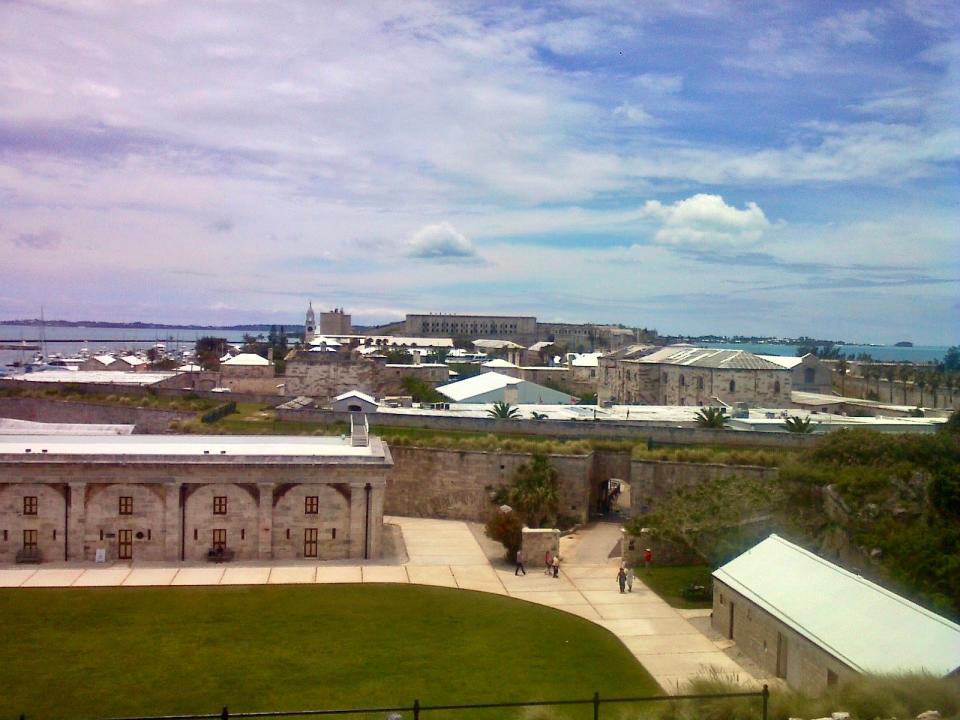
A taste of city life
Quite the opposite from the quiet of the perfumery in quaint St. George’s, the Royal Naval Dockyard, a massive marina made big enough for giant cruise ships to dock, is about as touristy as Bermuda gets. For those who want trinkets and fast food, this is the place. For those who want city hustle and bustle, there is a hint of that in nearby Hamilton, Bermuda’s capital city. This is the place for nightlife and restaurants, but even the high life here is done in easygoing Bermudan style.
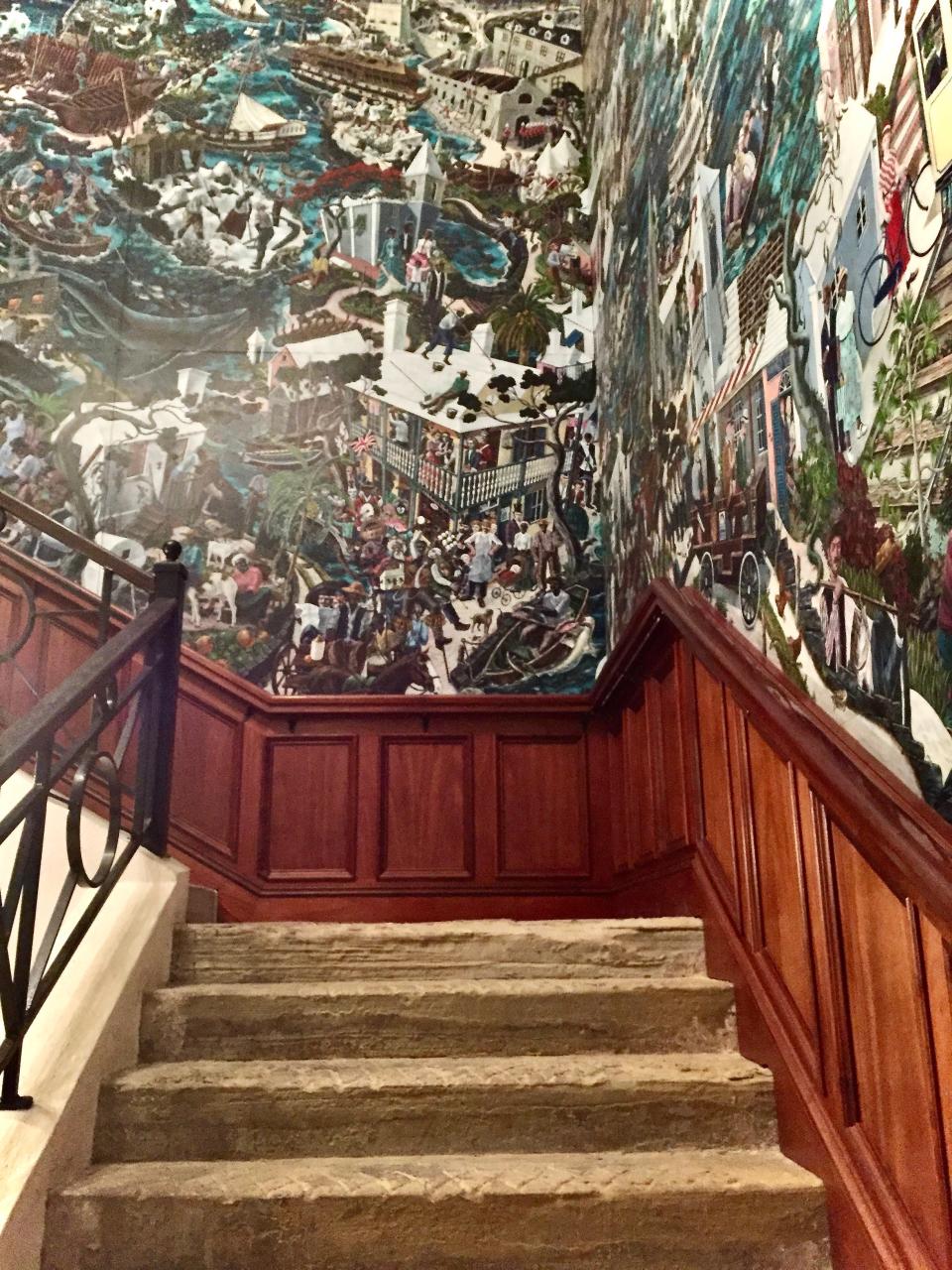
Dockyard is also home to the National Museum of Bermuda, set in Bermuda’s largest fort — the island has several, marking its strategic importance during conflicts, from the War of 1812 to World War II. The 16-acre museum’s artifacts are set up in The Keep and Commissioner’s House, where a beautiful mural wraps around a grand staircase, documenting Bermuda’s considerable maritime history, along with that of all its peoples (nmb.bm).

Bermuda boasts many old wonders, the humblest might be the smallest working drawbridge in the world, Somerset Bridge connects Somerset Island with the mainland in the western parish of Sandys (pronounced sands). The bridge was among the first construction projects designated at Bermuda's first parliament, held in St. Peter’s Church on Aug. 1, 1620.
That event marks Bermuda’s government assembly as the world’s third-oldest parliament.
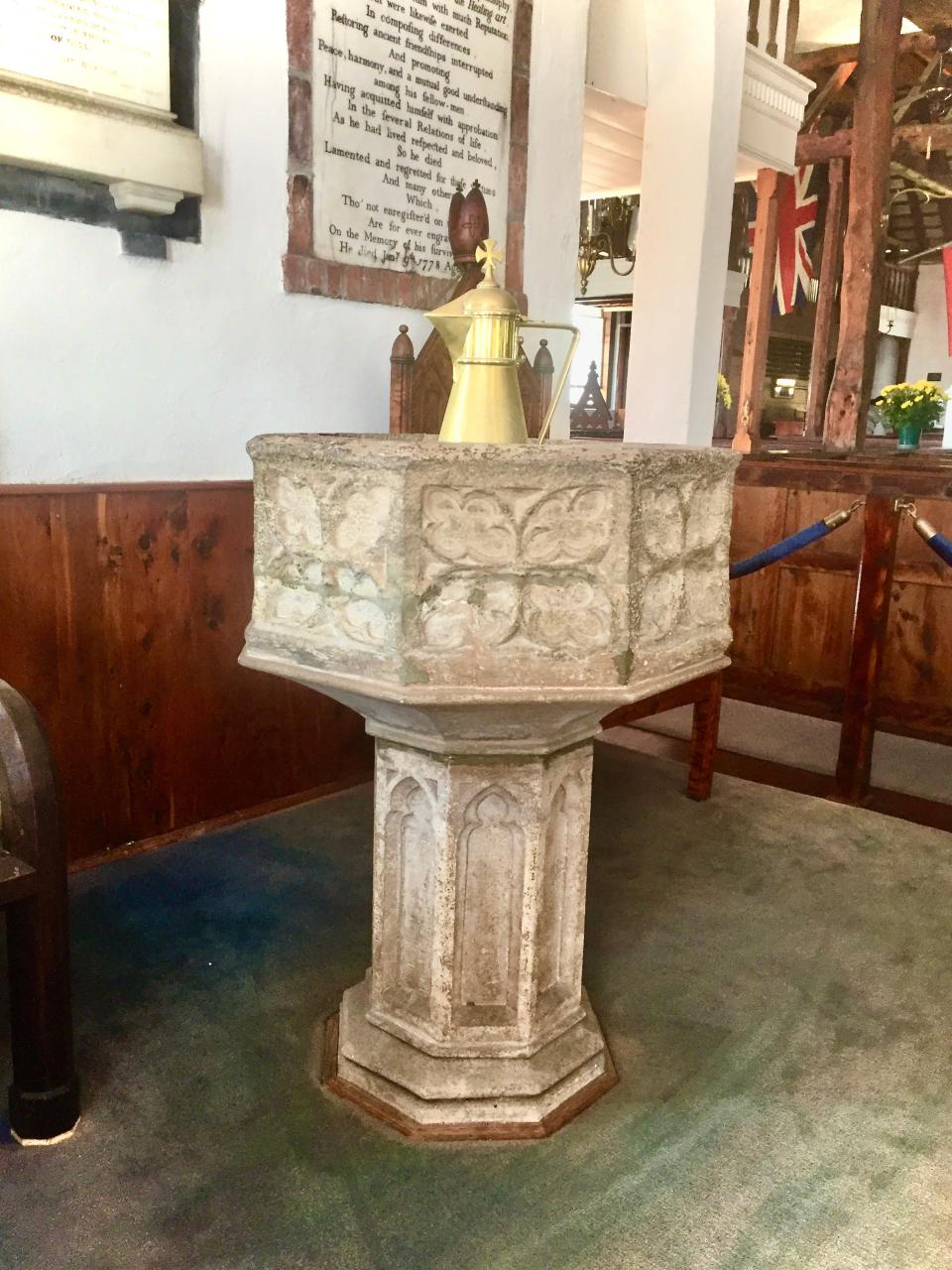
St. Peter’s dramatic history
Located on Duke of York Street in St. George’s, which was the island’s original capital, St. Peter’s is reputed to be the oldest Anglican church in continual use outside the British Isles. It was dedicated as Their Majesties Chappell in 1697 by King William III and Queen Mary II, joint monarchs of the British Isles. The title was dropped somewhere along the way, but reinstated in 2012 by a royal decree from the late Queen Elizabeth II to commemorate St. Peter’s 400th anniversary — or at least that of the first version of the church.
St. Peter’s Church is a veritable museum, one with its own dramatic survival story, too. In 1612, the first permanent settlers built St. Peter’s from hand-cut island cedar and palmetto leaves, but it fell to the ground after a violent storm. It was rebuilt but severely battered again in 1712. The church was once again fixed up and reopened in 1713 built with more sturdy stone. St. Peter’s was expanded with the tower and additional wings in the early 1800s.
Yet, after all that, in 1870 the church was nearly lost to development and in danger of being torn down — by humans, not the weather.
Oddly, St. Peter’s Church is often mythically overshadowed by the nearby Unfinished Church, which looks like an ancient ruin but was the beginnings of St. Peter’s replacement, thankfully abandoned due to a lack of funds.
As a museum, St. Peter’s bears testament to history in its many artifacts, including the original 500-year-old baptismal stone font brought from England by the first settlers. The original Communion table, which was built around 1615, survived the church’s many upheavals and is reputed to be the island’s oldest piece of furniture. There’s also a small chalice dated to 1625, which bears the seal of the Bermuda Company.
Most interestingly, the 1697-dated silver Communion set of two flagons, a chalice, a paten and an alms bowl were ordered to be made for St. Peter’s by King William III and Queen Mary II, and all bear the royal coat of arms. Yet, William and Mary never used them; they never visited Bermuda.
On a more somber note, St. Peter’s cramped “Negro gallery” in the rafters contrasts sharply with the private boxed pews, rented, as was customary, by wealthy families and dignitaries. The graveyard is also split by racial boundaries. Outside of services, St. Peter’s Church is open daily for visitors from 10 a.m. to 4 p.m.
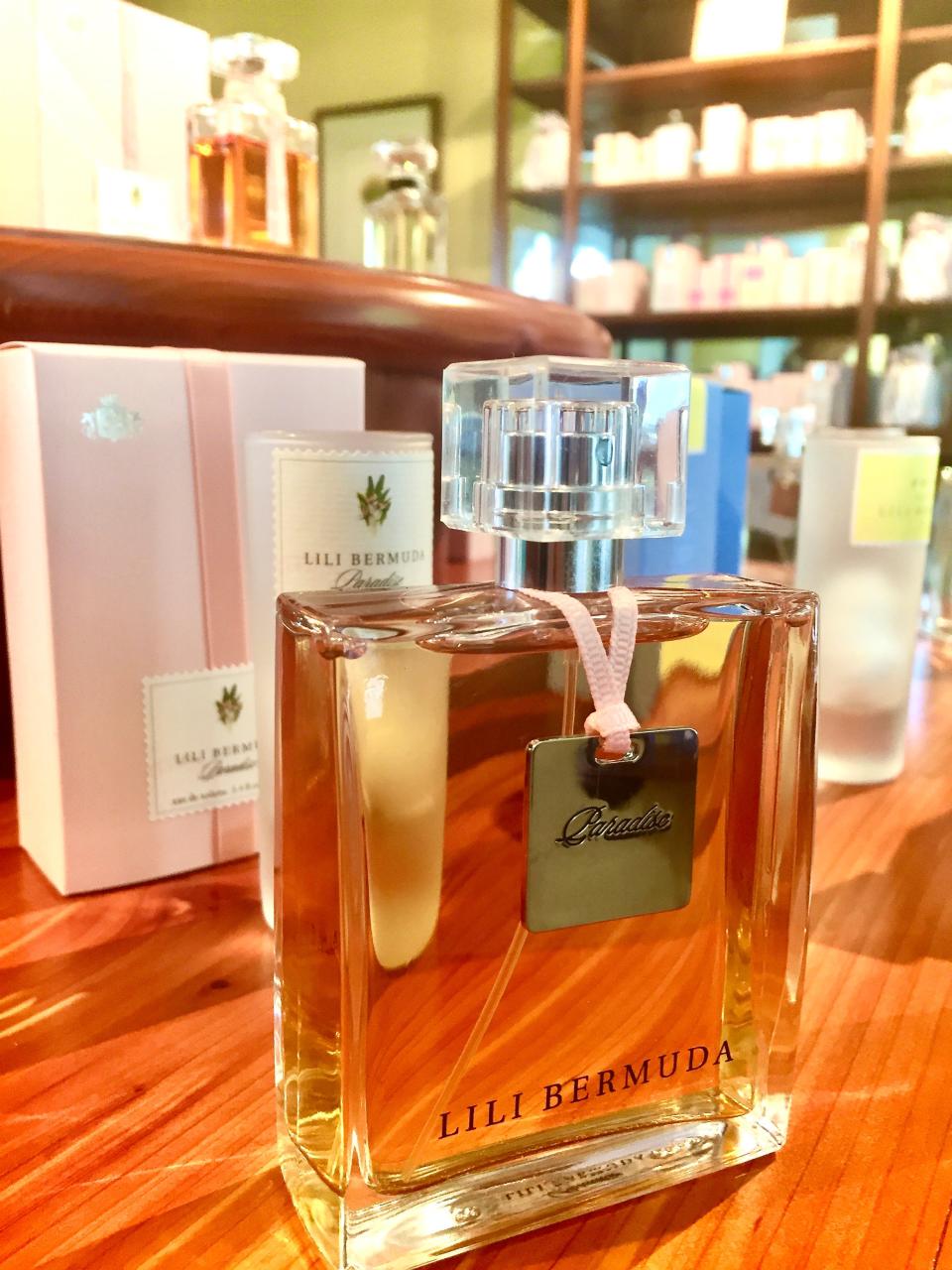
Solstice spirit
There’s lots of end-of-year, cozy winter solstice spirit on the island. Each Christmas Eve, St. Peter’s midnight service is a ritual passed down through the centuries. Dozens of candles in the church’s candelabras are lit, setting the interior’s warm, toffee-colored Bermuda cedar aglow.
St. George’s also hosts the Bermuda National Trust Christmas Walkabout, which opens up homes in the town’s designated UNESCO World Heritage Site for self-guided tours. There are parades and reenactments, live performances and caroling. All is not so still along usually sleepy St. George’s narrow lanes, all is not so quiet. Until it is, once more.
This article originally appeared on Telegram & Gazette: Bermuda’s wonders are no less wonderful in winter

